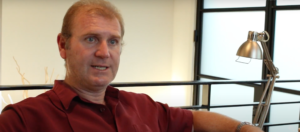
Small Business and COVID-19 – The Impact on One Home Building Company in Austin
In this video, I profile my father, Mark Dawson, co-owner of Dawson Lupul Builders, on how the COVID-19 pandemic is impacting his small business.

In this video, I profile my father, Mark Dawson, co-owner of Dawson Lupul Builders, on how the COVID-19 pandemic is impacting his small business.
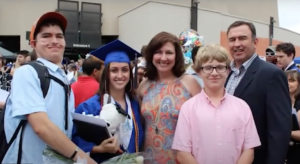
Jordan Wolleben, 23, is immunocompromised and extremely vulnerable to COVID-19. Rachel Wolleben, 20, attends school at UT Austin but is unable to go home due

A collection of photos taken at the 2019 San Gennaro Festival in Little Italy.
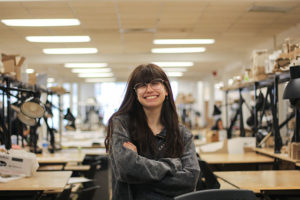
As the fall school semester comes to an end once again, frantic high school seniors are submitting college applications, crossing their fingers, and dreaming of
Amidst the sea of regularly clothed students, bloody-axed teens and unicorns rush to class or stop for a bite to eat. Halloween at NYU has
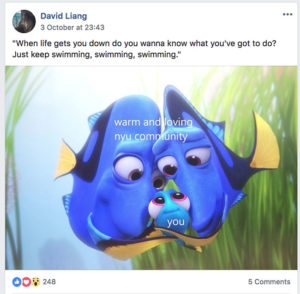
At New York University, students cope with tragedy and ongoing stress through a unique source – memes. Following the harrowing news of a student suicide
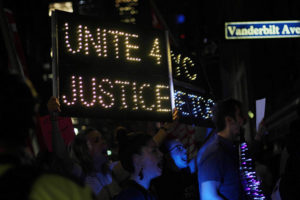
The allegations against Supreme Court nominee Brett Kavanaugh have incited a wave of activism and conversation in New York. Hundreds gathered at Madison Square Park,
CooperSquared is an online platform that highlights the outstanding work by undergraduate and graduate journalism students at New York University. The site was launched in 2016 and is overseen by the Office of Career Services at NYU’s Arthur L. Carter Journalism Institute. Students do all the original reporting for stories as well as shoot and edit their own videos and photography.
Please email your story pitches to
Sylvan Solloway
Director, Career Services
sylvan.solloway@nyu.edu
Craigh Barboza
Specialist, Career Services craigh.barboza@nyu.edu
Georgia Chriselle
Aide, Career Services careerservicesjournalism@nyu.edu